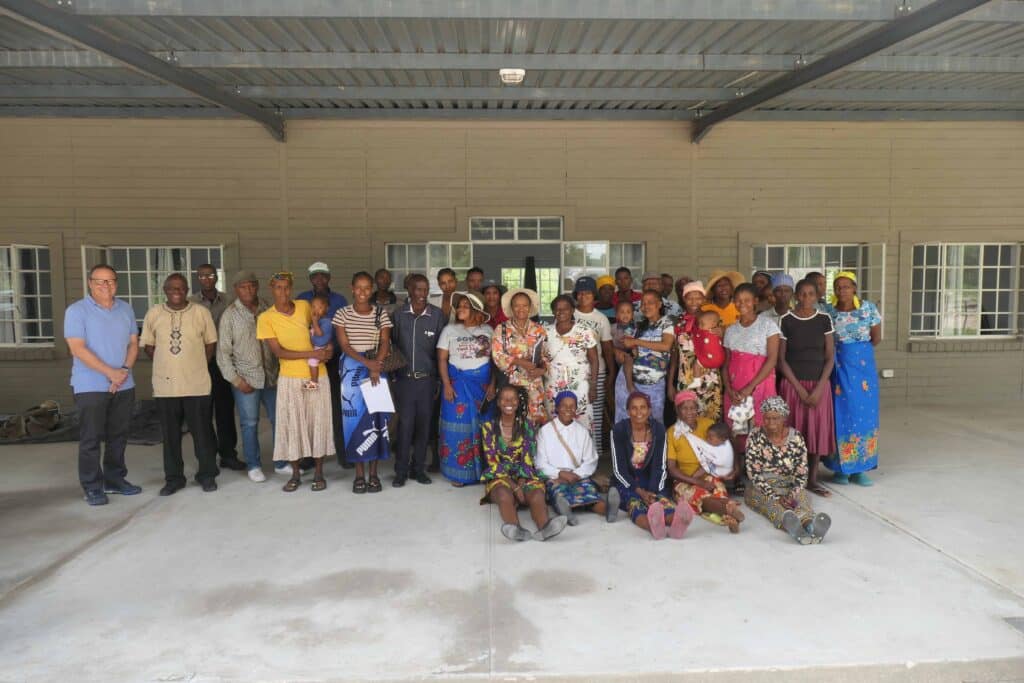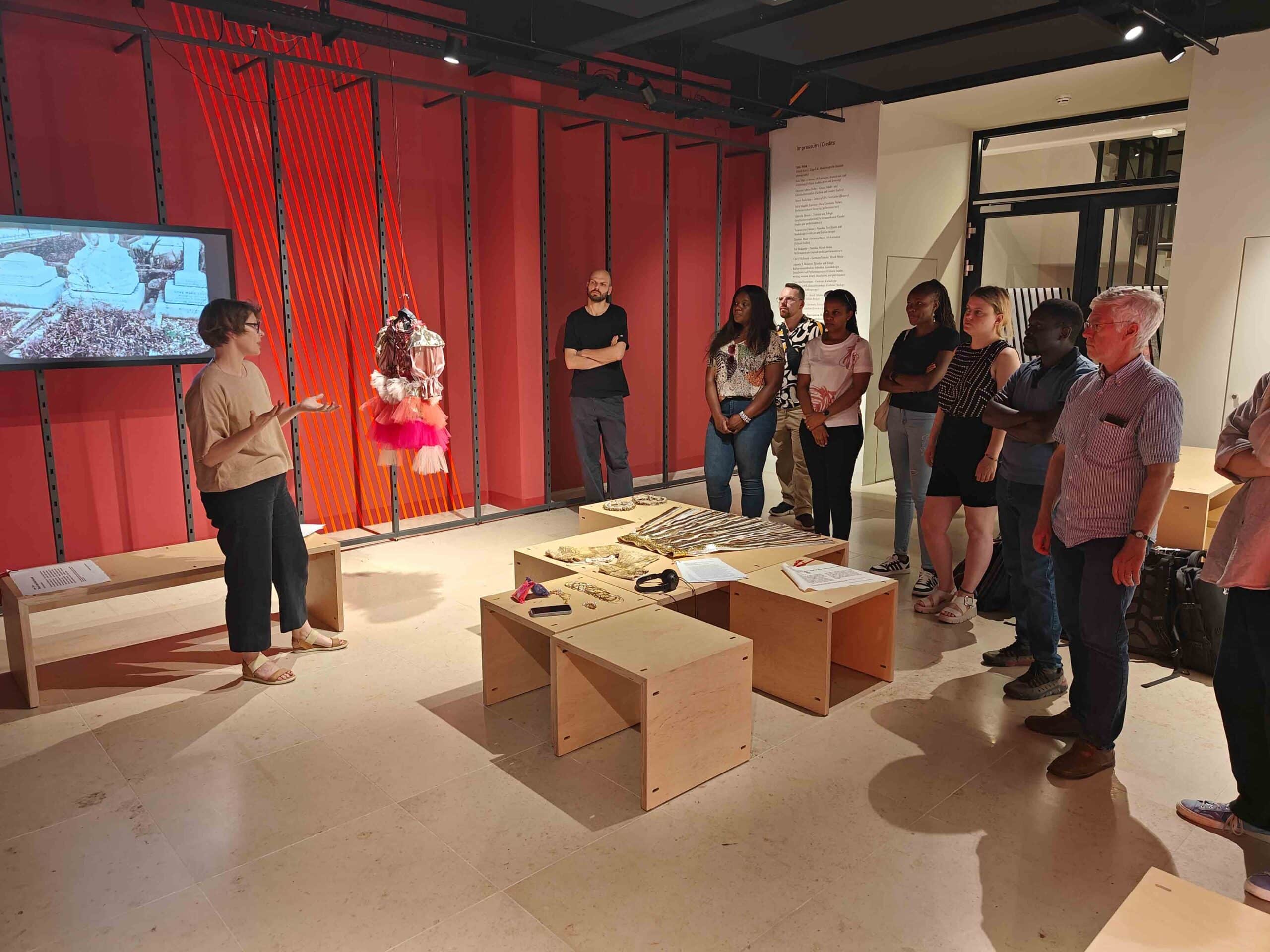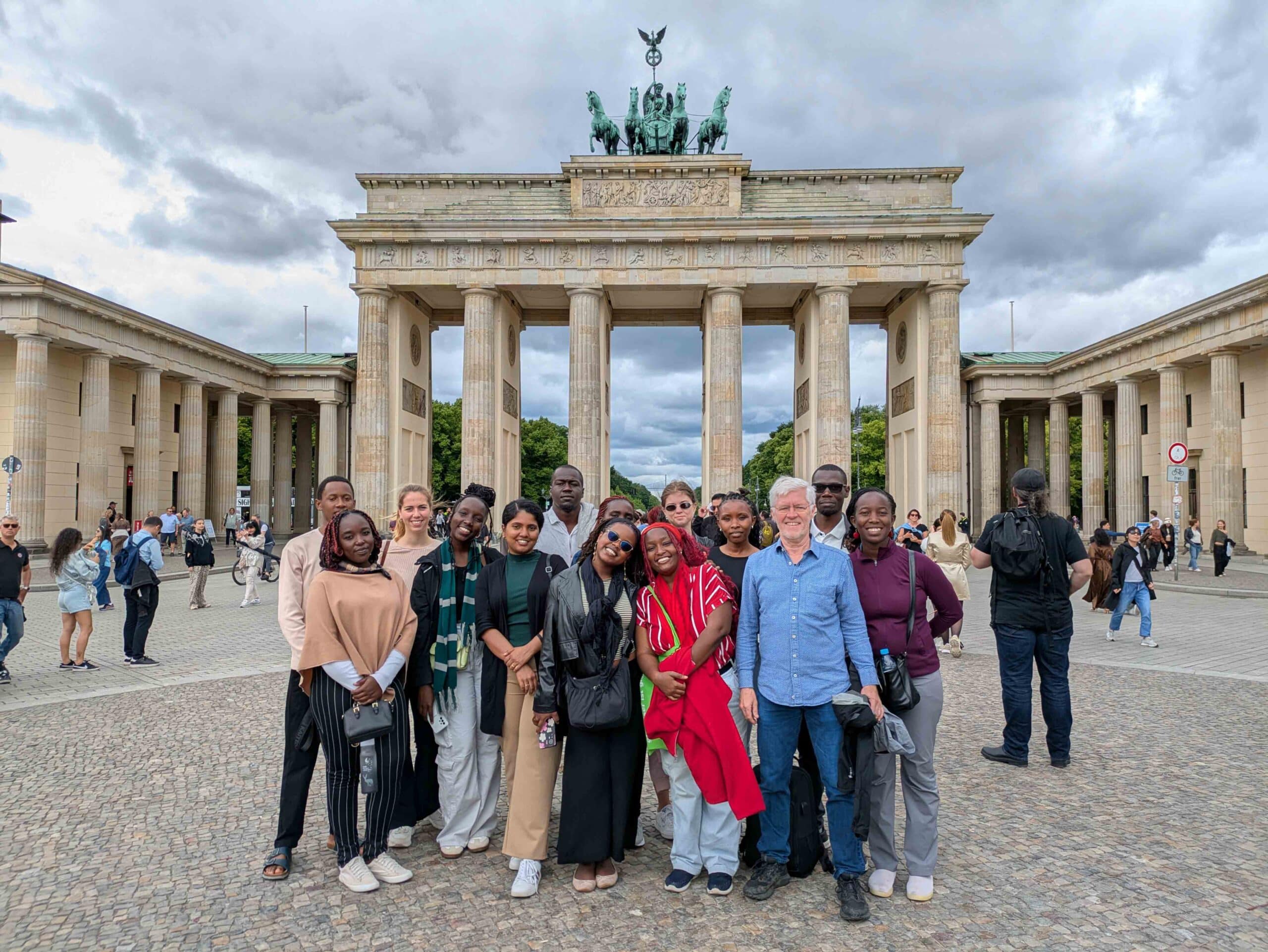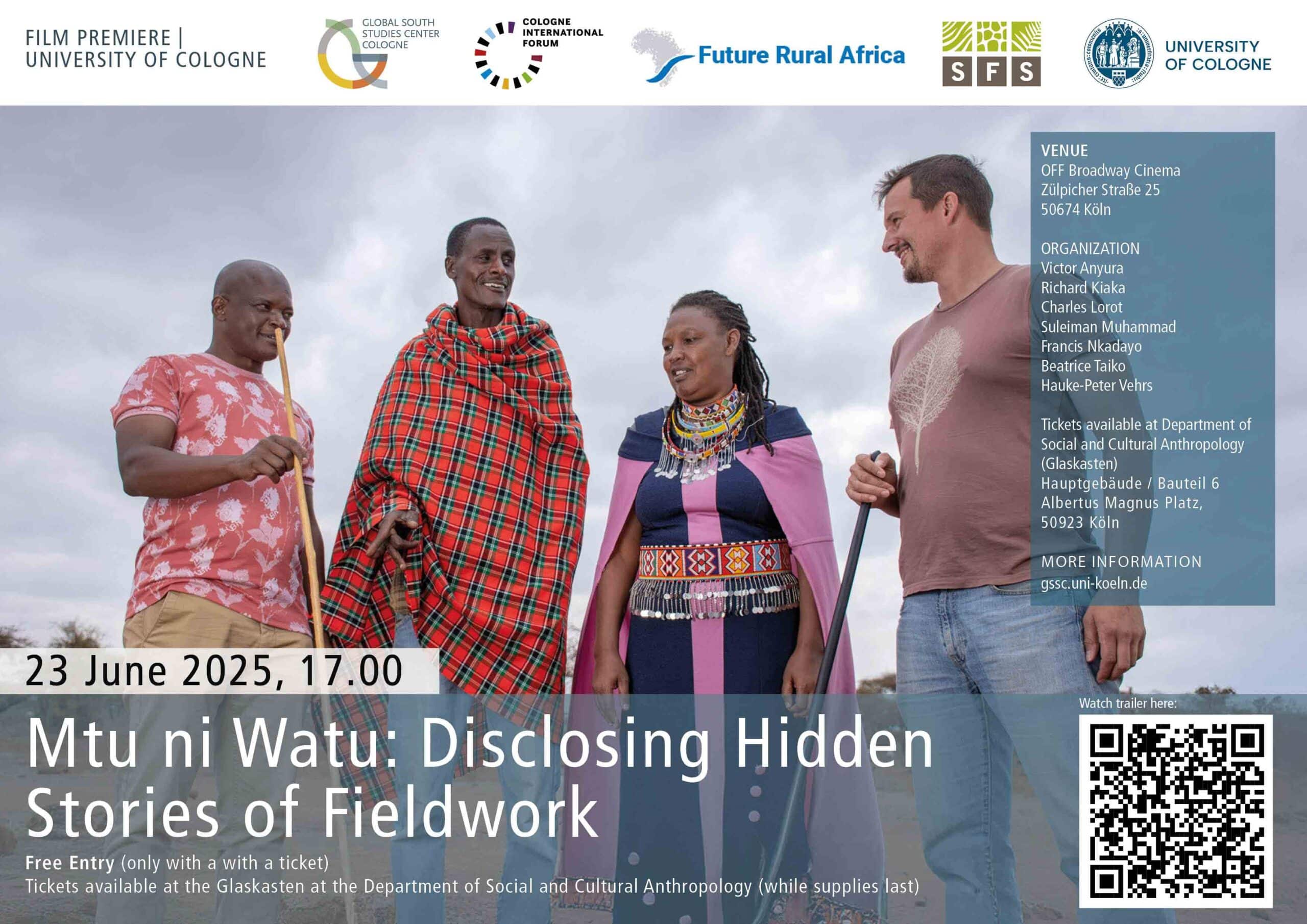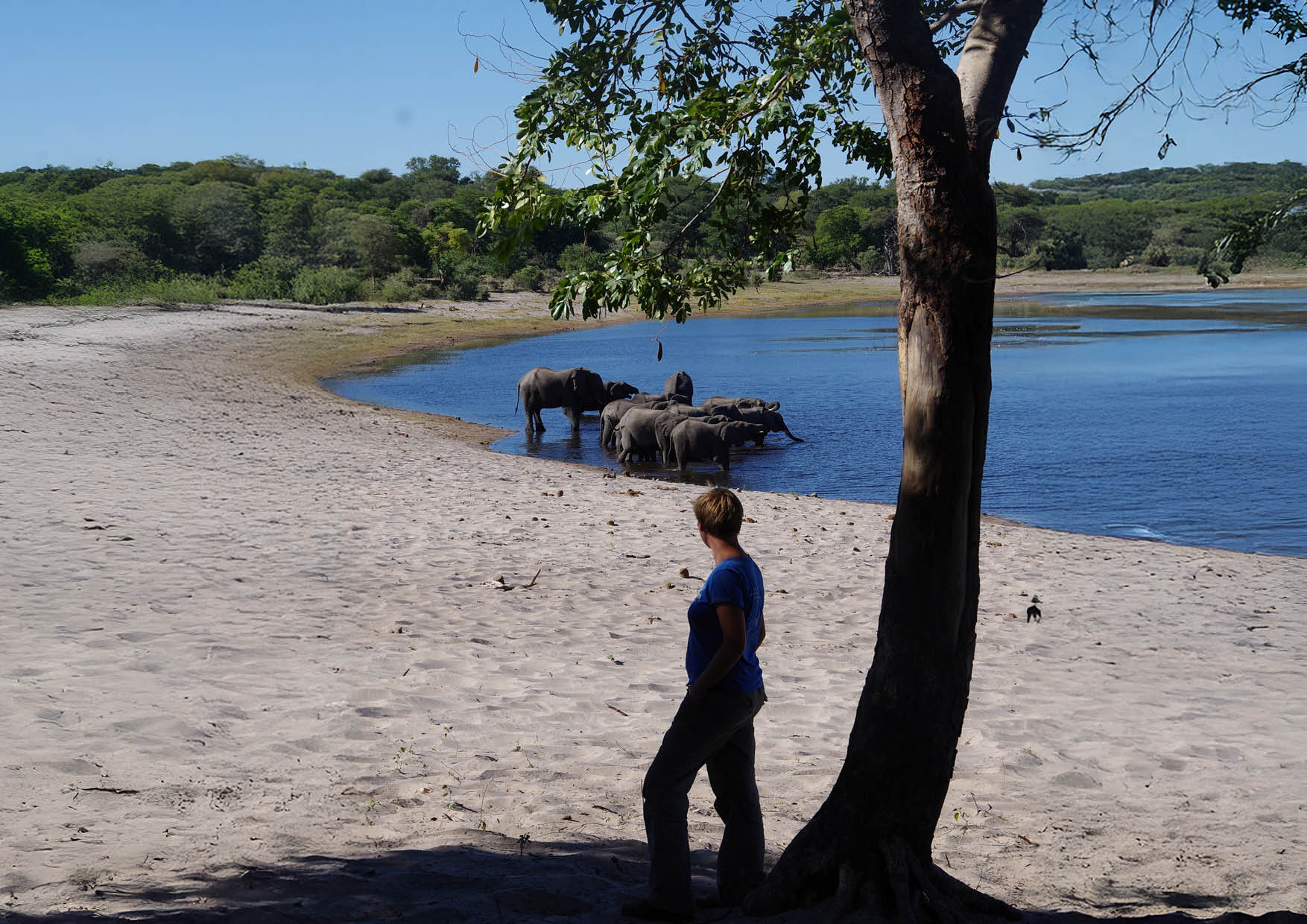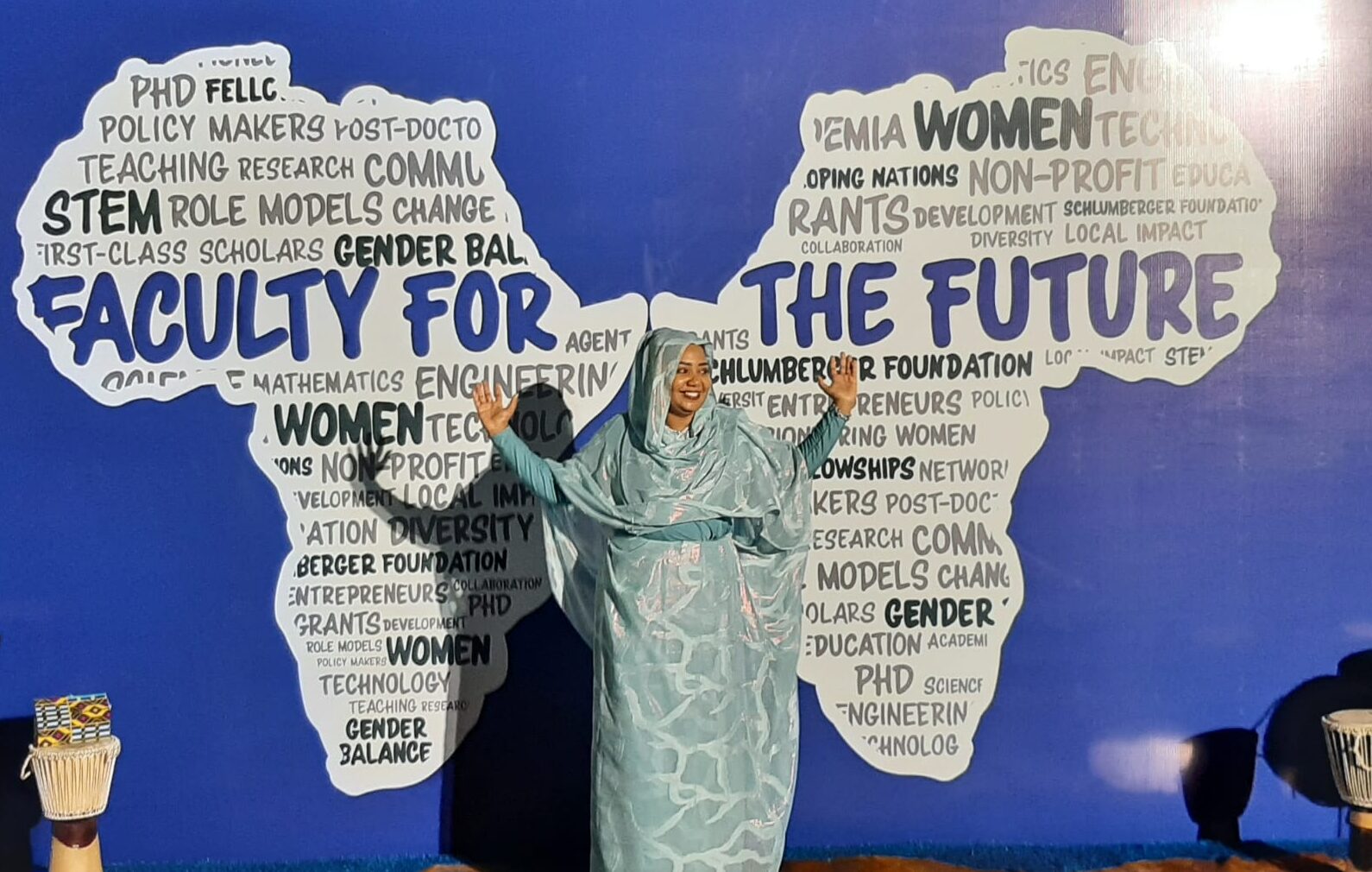Future Rural Africa Project C01 Future in Chains seeks to explain socio-ecological transformation in cross-border growth corridors, and assess long-term developments and adaptive capacities connected to emerging (inter-)national value chains.
Project members Javier Revilla Diez, Mfundo Mlilo, Leonie Hesselmannn and Ndapewa Fenny Nakanyete recently conducted a result workshop in Bwabwata, Namibia, where they shared their research outcomes with the community. The workshop was centred around the research conducted by Ndapewa Fenny Nakanyete who, for her PhD project, investigated the commercialization of Devil’s Claw, a non-timber forest product (NTFPs) and its impact on indigenous communities in northern Namibia. Her research indicates that, although NTFPs have the potential to enhance livelihoods, the current system primarily benefits people of European descent in Namibia and companies in the Global North (especially in France and Germany), leaving indigenous producers with minimal compensation.
Below, Fenny reflects on the workshop and the importance of sharing research results with the involved communities.
By Ndapewa Fenny Nakanyete:
This week has been one of the most significant moments in my academic journey. On Wednesday, 5 February, I had the privilege of returning to one of the communities where I conducted my PhD research; primarily to the Khwe San in Bwabwata National Park. I was there to share the findings of my study with the very people who had helped make my research possible. The community, which relies on harvesting and trading the valuable Devil’s Claw, learned just how much they are being exploited in these transactions.For many of the harvesters, this realization was deeply emotional. These community members spend days, sometimes weeks, in the field, carefully and sustainably digging for Devil’s Claw—a task that can be life-threatening due to potential encounters with wild animals, including venomous snakes. Despite facing these dangers and enduring harsh conditions, with limited access to basic essentials like water and light, they earn almost nothing. In 2021, individual San harvesters earned an average of only 1,538 NAD (80 USD), capturing just about 4% of the total value of the dried materials they trade. Meanwhile, middleman take 17%, and European companies capture a staggering 79% of the total value of the same materials. My research findings highlight that, despite the increasing global commercialization and rising value of Namibia’s Devil’s Claw exports estimated worth over 143 million USD annually, the majority of this wealth is concentrated in Europe, followed by the few white traders in Namibia who are involved as middle persons.
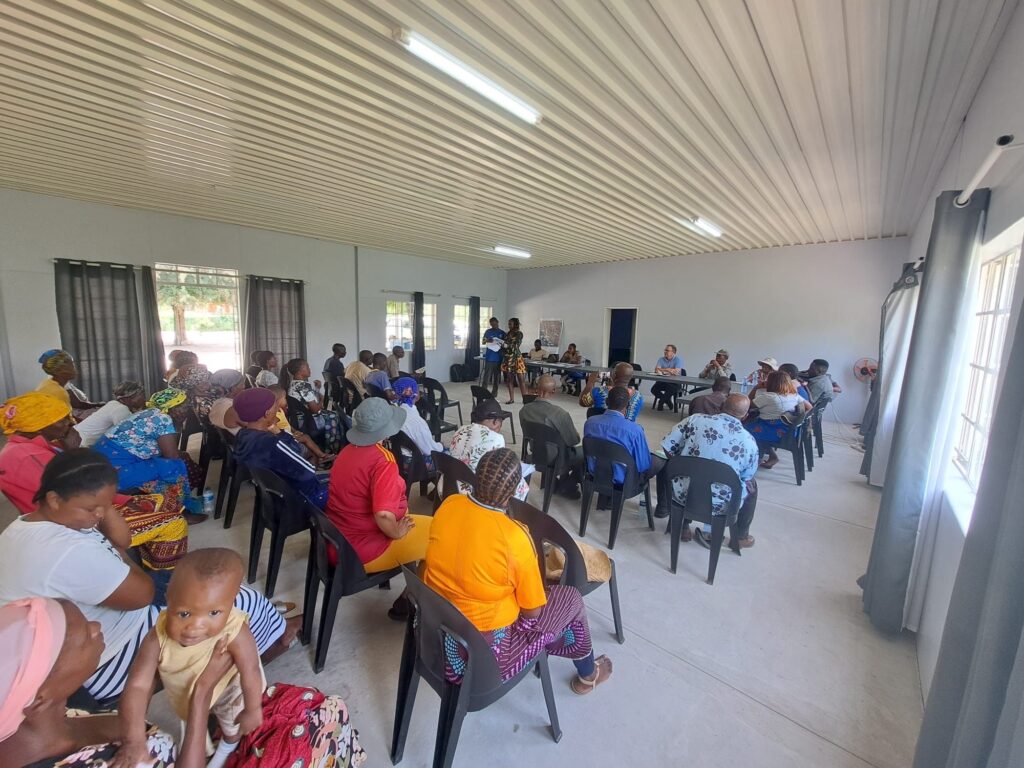
The workshop was a profoundly emotional experience, reaffirming my responsibility as both a Namibian citizen and an applied researcher to go beyond observation and actively contribute to solutions. I cannot simply move on to the next project without offering some form of support, even in the smallest capacity, to help facilitate tangible steps toward addressing these injustices. It was heartbreaking to witness harvesters struggling to hold back tears as they shared their experiences. I hope that, with the information I shared, the community will take steps to stand up against these exploitative practices, and that my findings could act as a model that could serve as a blueprint for seeking fairness and justice in the distribution of benefits from other natural resources in Namibia. This situation, where the wealth generated from local resources is concentrated in the hands of a few, primarily Europeans and those of European descent, cannot be allowed to continue.I am deeply grateful to Prof. Revilla Diez, my PhD supervisor, for supporting my travels and joining to the community along with my colleagues Mfundo Mlilo and Leonie Hesselmann. I hope this marks the beginning of meaningful change for those who have been overlooked for far too long.

